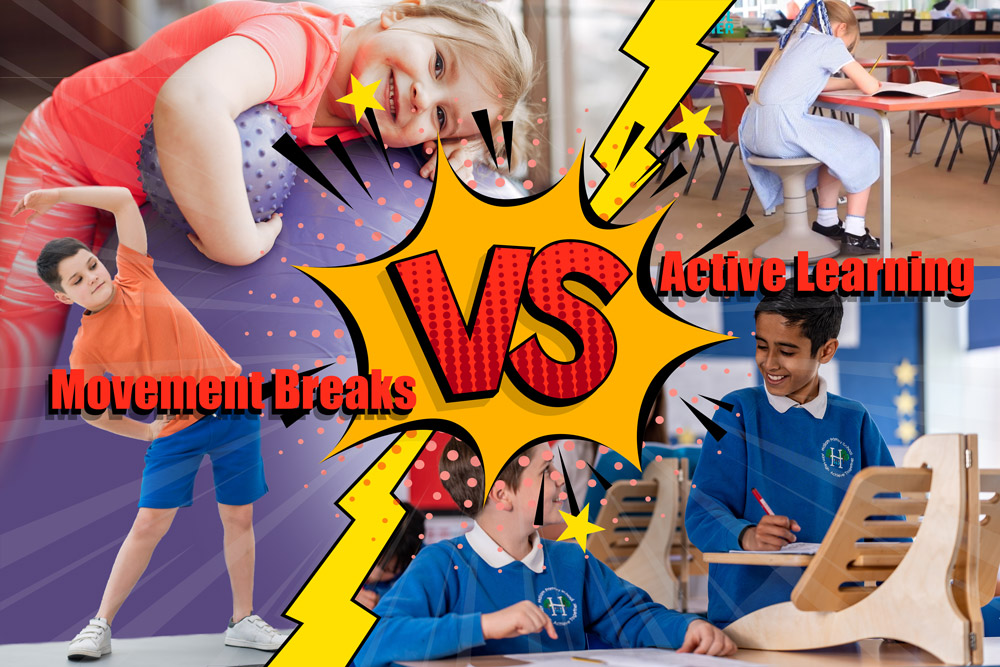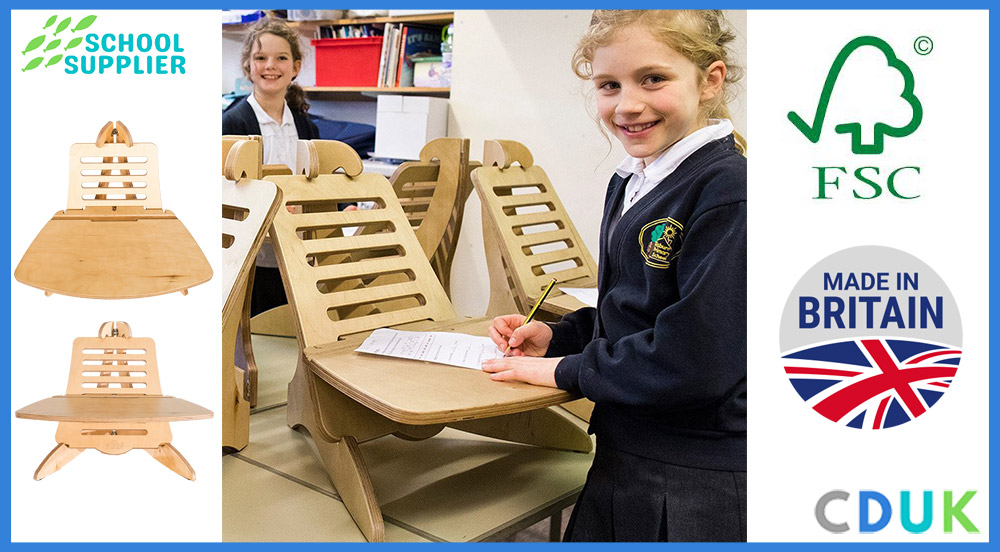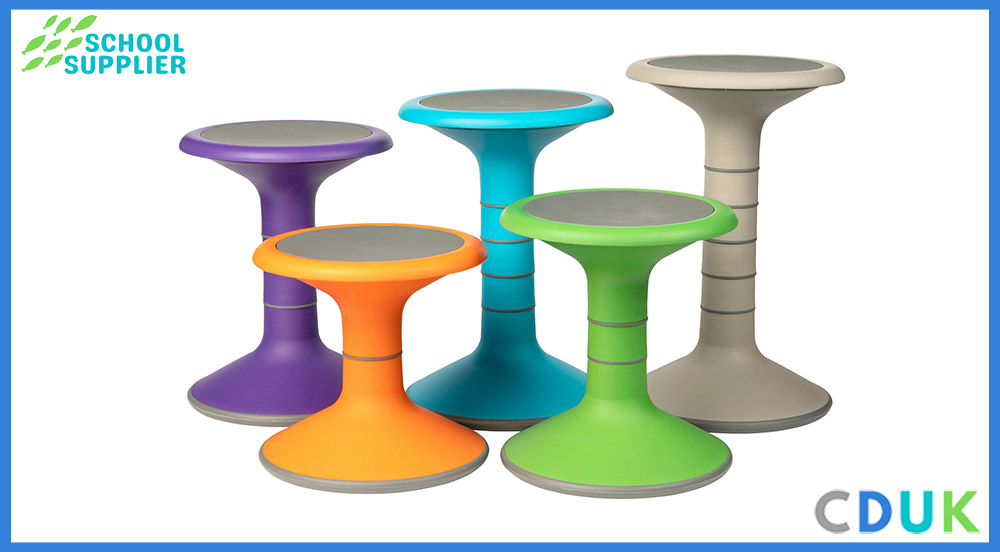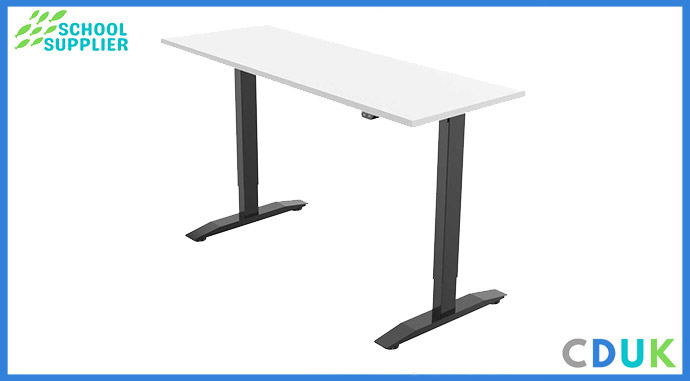Active Learning

With the success of the School Supplier wobble stool trial in schools, why have they have had such a positive impact?
Movement Breaks vs Active Learning
We know some children with ADHD are more relaxed and more able to concentrate and retain information when they can move or fidget. It is difficult for many to sit still for long periods of time so naturally squirm in their seats or rock their chair on two legs, often displaying what we consider disruptive behaviour such as kicking desk legs or making noises.
One solution employed by many is to introduce ‘Movement Breaks’. Asking the pupil to leave the classroom to run an errand to partake in a pre-organised physical exercise. The issue with this of course is that the child is being asked to miss portions of the lessons and although may be beneficial to the rest of the class to reduce perceived disruption, we are failing the individual. Upon the child’s return, anxiety levels are instantly raised as they know they will now be asked to remain still again for a set duration, impacting upon behaviour, concentration, focus and memory. It is then common for ‘disruptive’ behaviour to return in a matter of minutes.
Why Active learning works:
One of the principle influences on the way in which the brain of a child with ADHD works is something to do with what's called dopamine. Dopamine is a neurotransmitter that is the pleasure based, reward-based neurochemical that helps significantly contribute to the ability to focus and concentrate. Children with ADHD have what's called dopaminergic dysregulation. Dopamine is not being transmitted around the brain as effectively or successfully as neurotypical children and that impacts upon their ability to pay attention and focus, what we call attentional dis-regulation. Understanding this, we understand why a child with ADHD is feeling so much, because it stimulates the transmission of dopamine around the brain and helps them to focus and concentrate. It is of course not unique to children diagnosed with ADHD. There is a range of other conditions that would also benefit. Looking at children with dyspraxia, different ways of sitting at a desk or related to surfaces can work really well for them. We know that physical hyperactivity can be associated with Tourette's for example, with autism and just youngsters in the class who have got high anxiety who would feel constrained by sitting still.


